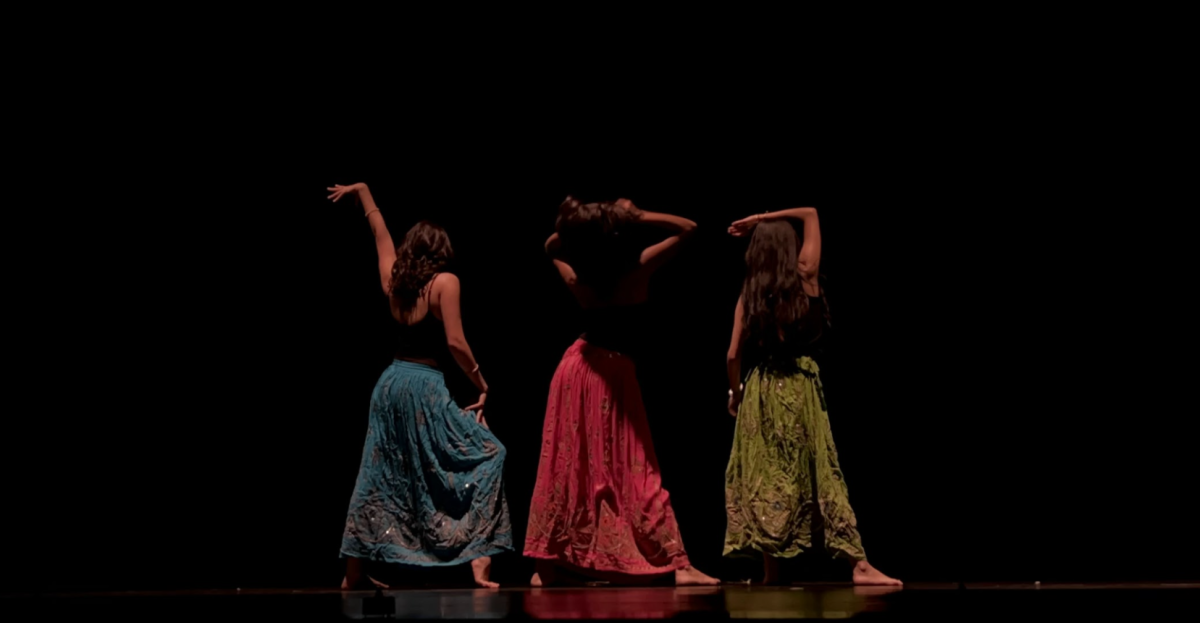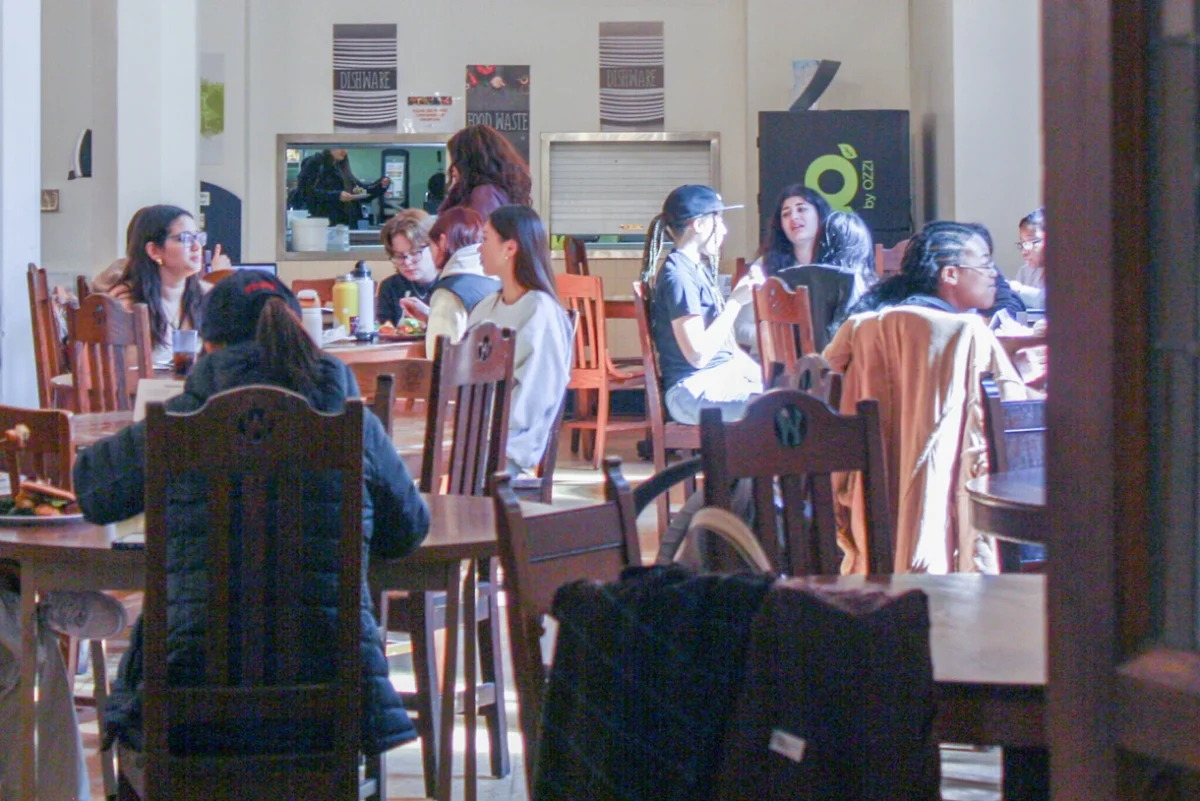by Sophia Liu ’14, Contributing Writer
Dappled sunlight trickles through the autumn leaves of the Juglans nigra, otherwise known as the eastern black walnut tree.
The tree’s green, husked nuts occasionally draw the attention of passersby. However, what can’t be gathered from a mere glance at the tree are the stories behind it. Native Americans used its husks to make dye a thousand years before Europeans arrived, and NASA engineers today insert powdered walnut shells into rocket nose cones because of the powder’s ability to withstand extreme temperatures, but these stories remain unknown to most people.
Thus, for most days of the year, the gray-barked tree tucked behind Paramecium Pond stands unnoticed.
But on Thursday, Oct. 3, students and town residents alike gathered around the black walnut to learn about its unique history and biological qualities. Onlookers listened to a 15-minute talk by Assistant Director of the Botanic Gardens Gail Kahn and then tasted walnut meats and walnut cookies made by Kahn herself. Just as quickly as the group had gathered, it dispersed.

This incident is one of a series of “Tree Mobs”—named in reference to the spontaneity and enthusiasm of flash mobs—which debuted this year at Wellesley College. The Tree Mobs will continue into the spring and serve to highlight the role of Wellesley’s culturally significant and functional trees in engaging, concise presentations. Speakers range from professors to the township plant experts.
Traditionally, the Wellesley College Botanic Gardens (WCBG) showcased Wellesley’s trees through “Mystical Tree Tours” that were held once a year. Although many people enjoyed these events, the tours were vulnerable to rough weather conditions and often belabored by technical difficulties. Additionally, many students could not attend due to evening classes.
Thus, the faculty of the Botanic Gardens decided to replace the 2013 Mystical Tree Tour with regular short talks that offer even busy Wellesley students an opportunity to learn about the cultural and technological relevance of trees. Tree Mobs, unlike the Mystical Tree Tours, are also strategically scheduled according to the timing of unique biological events, such as blooming or fruit-dropping periods, in order to to captivate the audience.
“Tree Mobs” were originally developed by William Friedman, Harvard professor, researcher and the most recent director of Harvard’s Arnold Arboretum, the first public arboretum in North America.
“I found that my roles synergized, and that the common overlap between was opening up the arboretum to much greater engagement by environmentalists, biochemists and people outside of academia for the benefit of future generations,” Friedman said.
Friedman has already been lauded for his ideas about publicizing the arboretum’s living collection. The arboretum hosts innovative learning events such as Tree Mobs, and it maintains highly accessible online content. Last spring, Friedman helped launch an interactive web application called the Arnold Arboretum Mobile Interactive Map, which allows users to search for individual plants and learn about seasonal highlights on their mobile phones. Despite the importance of public outreach, however, Friedman cautions against overplanning. “It’s all about spontaneity: moving away from the formulaic and liberating us from old patterns,” Friedman said in a recent Environment @Harvard Newsletter.
The faculty of WCBG have also relied on web-based outlets to quickly spread word about Wellesley’s Tree Mobs, and they’ve used a QR code to provide directions to the featured tree.
Until all the leaves have dropped and the temperature falls to bitter lows, keep an eye on the greenery – you never know when a tree might get mobbed.




